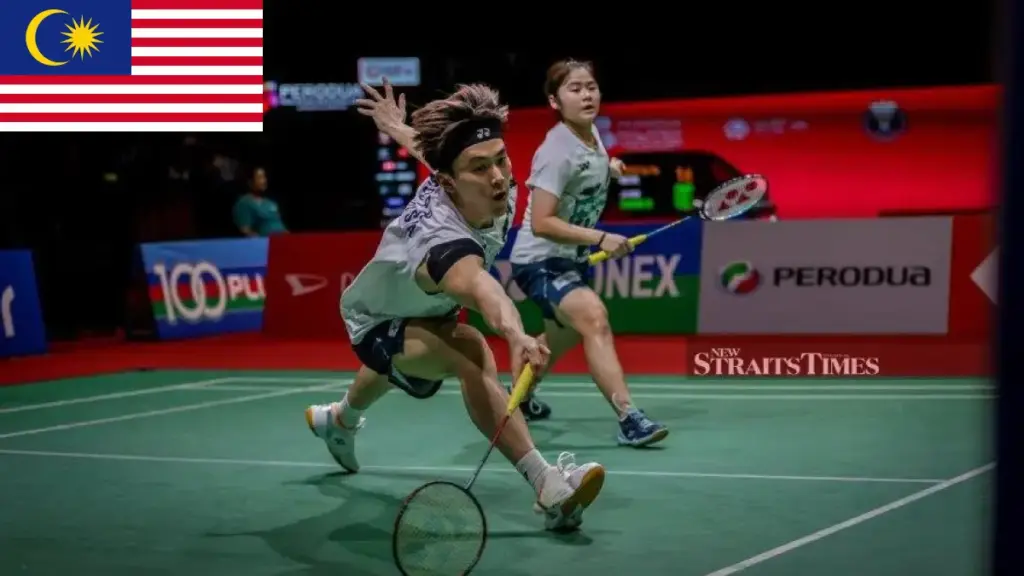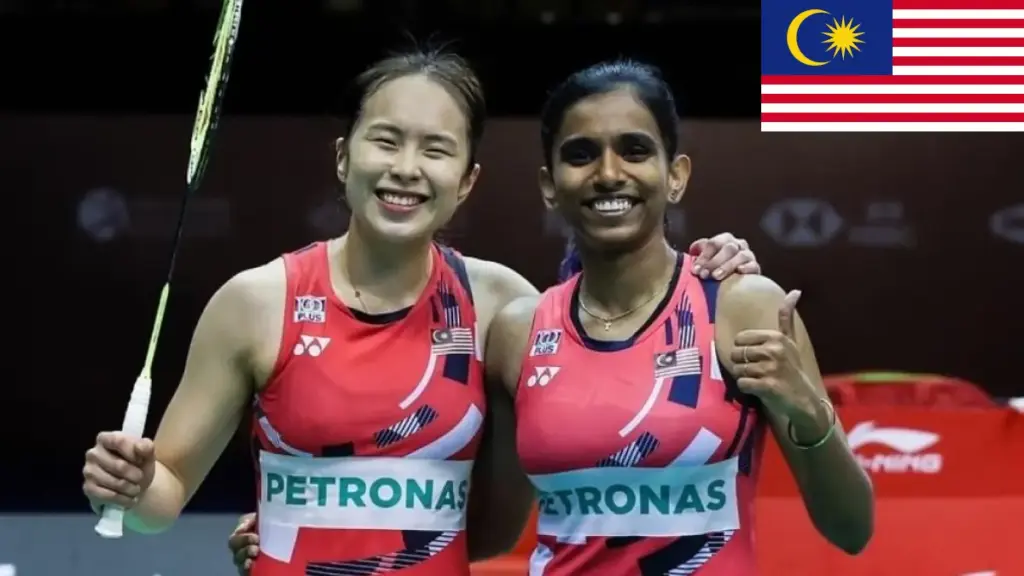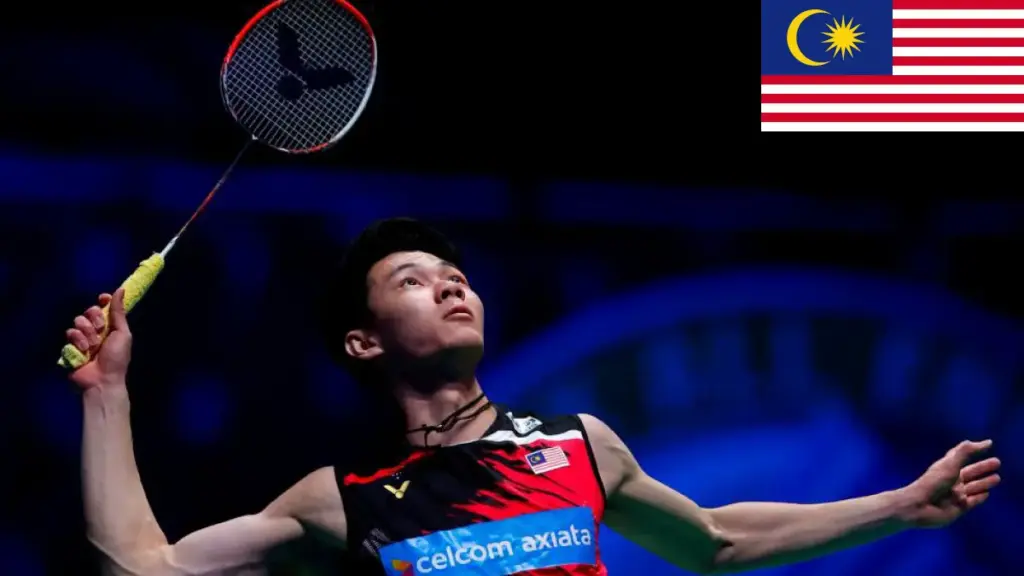Malaysia has been renowned for being one of the biggest Asian teams in badminton. The Southeastern nation has been responsible for churning out top-ranked players and attaining notable success in international tournaments, especially in the men’s category.
However, the once vibrant and highly prolific national teams are now a shadow of their former selves, with top athletes in the space losing in major tournaments and disappointing its teeming fans at home and abroad. Experts and analysts in Malaysia’s Badminton community think it’s time for a hard reset.
A Decline Rooted in Years of Structural Issues
Badminton in Malaysia has suffered significantly over the years, largely due to structural issues. Despite demonstrating global prominence over the years since its inception, Malaysian Badminton has significantly declined in output in recent years.
From Global Dominance to Inconsistent Results
Malaysia had a reputation for producing talented doubles players, as several pairs kept raking in the top 20 globally, including former world No. 1 Lee Chong Wei, Aaron Chia, Soh Wooi Yik, and Lee Zii Jia.

For instance, in the Thomas Cup, the country’s men’s team enjoyed significant success and won it five times, most recently in 1992. However, while the country won their first gold medal at the 2022 World Championships in men’s doubles, they’ve been churning out quite inconsistent results across all levels recently.
Talking about global events and tournaments in Badminton, many fans are not just following, but also wagering on the outcome of events. Apart from keeping up with the latest Badminton schedule and results, you also want to choose a good platform to place your bets. If you’re still wondering about where to bet on Badminton events in Malaysia, platforms like 7Slots can provide you with a large number of events from various leagues and tournaments.
Internal Politics and Lack of Long-Term Planning
Meanwhile, many members of the country’s badminton community have criticized the lack of discipline and commitment among Malaysian athletes and administrators, largely due to internal politics and managerial challenges. Adam Adli, Deputy Youth and Sports Minister for Malaysia has alleged that corruption is a major factor holding back the country’s success.
While admitting that the country still has world-class athletes like badminton player Lee Zii Jia, its organizational structures need a heavy revamp. “More than a few [athletes] had also managed to bring glory to the country at international championships. But if we were to dig further [into how bodies are run], most of the time there is an element of corruption, so we have to deal with this,” said Adli in December 2022.
Adli added that he was confident that media practitioners in the country were aware of the worsening situation of the country’s sports program. However, he concludes by offering hope, highlighting that the government had plans to protect the future of Malaysian sports.
“We are now in the transition process. The Government’s overall policy at the moment is to fix the old and make sure that there is no damage in the future.”
However, the Olympic Council of Malaysia has rebutted Adli’s corruption claim describing it as a “blanket statement” that lacks evidence and reflects a poor understanding of the existing structure. Whether or not Adli’s claims were entirely true, the back-and-forth between both parties only magnifies the possibility of costly structural flaws in Malaysia’s sports system – within and outside Badminton.
The Talent Pipeline Under Pressure
Beyond the structural situation around Malaysian badminton, professional players also lament that the country’s talent pipeline is under unproductive pressure levels. This situation has particularly resulted in struggling youth teams and a widening gap between junior and senior levels.
Youth Development Struggles and Missed Opportunities
Youth teams have struggled at various levels, like many of their counterparts in other nations. However, legendary shutter Chong Wei feels the country should cut the players some slack for missing opportunities at global tournaments.
Chong Wei disclosed this to Asian News Network while the latter covered Malaysia Badminton news surrounding recent performances at the Asia Team Championship. “Look at the other countries, they keep sending their younger players for tournaments. Even if they lose to higher-ranked players, they keep sending them out, that’s how you build their confidence.”
‘‘It’s a process. Here, if the youngsters lose, they are put in cold storage. How are they going to develop their game?’’ Chong Wei added. Despite these struggles, there’s still plenty of growth room for the younger players who have many years ahead of them in the game.
The Gap between Junior and Senior Levels
There’s undoubtedly a gap between junior and senior levels across all Badminton Malaysia that fans are used to. While fans expect much from the senior teams, the younger teams don’t have as many expectations – often due to the relative lack of elite upcoming players. However, with growing coaching skills and tactical improvements, the average Malaysian Badminton player can significantly improve their performance.
Coaching Instability and Tactical Stagnation
The Badminton Association of Malaysia (BAM) has suffered a tremendous drain in its coaching talent as demand for top coaches rises in foreign countries. This growing demand has led to a highly unstable managerial team, indirectly leading to tactical stagnation in the teams’ performances.
Frequent Changes and Unclear Direction
An exodus of Malaysian coaching talent appears bound to improve other national teams, experts say. Former BAM coaching director Choon Hann only spent 16 months working in Hong Kong before earning a promotion to serve as the country’s head coach last October.

But Choon Hann couldn’t even rebuild Hong Kong’s badminton without recruiting three more Malaysians – Loh Wei Sheng, Tan Bin Shen, and Jeremy Gan, further depleting local talents. Tan Bin Shen’s resignation came as a surprise to many seeing he had established himself locally.
Shen had played a prominent role as the men’s doubles head coach and is credited with the rise of several men’s doubles pairs, including former world champion Aaron Chia-Soh Wooi Yik. But Bin Shen isn’t the only coach who has recently left the game to work with foreign teams. With such frequent changes in the coaching crew, there’s little wonder why there isn’t a clearly defined (and executed) direction for Malaysia’s badminton activities.
Need for Modern Training Methods and Analytics
Beyond the nearly overbearing instability in the coaching crew, Malaysian Badminton also suffers from a dearth of modern analytics and training methods. ‘‘Modern coaching is increasingly specialized, focusing on fitness, technique, and physical conditioning,’’ says former national player Datuk James Selvaraj on the right direction for new BAM coaches.
The veteran recommends that the players collaborate with the managers as they (hopefully) prescribe newer modern training methods and analytics during training and strategy sessions. Hopefully, as preparations gear towards the 2025 Olympics in Los Angeles, the country can comfortably beat the opposition to qualify for the event and generate competitive results to revive its fast-fading reputation.
Comparing Malaysia with Regional and Global Rivals
The BAM has once been the pride of Asia, as far as badminton was concerned. However, its teams’ recent performances at notable tournaments have significantly put them at a historical low in the pecking order compared to regional and global rivals.
Why Countries like Japan and Thailand Are Rising
Countries like Japan and Thailand are enjoying growing badminton success thanks to a host of factors – some of which Malaysia would do well to take after. Both countries boast strong national associations that support the game’s development. They also have a tremendous focus on youth development and training with modern training facilities and ongoing programs to develop future talent.
Lessons from China’s and Indonesia’s Systems
Both Indonesia and China have achieved significant success in the badminton space globally. Indonesia is renowned for its strong badminton tradition and passionate fanbase, while China draws from its large talent pool and vibrant development programs.
Both countries also enjoy significant government support as administrators place constant pressure on players to perform – regardless of reputation. These countries have athletes whose games have gone beyond showcasing talents to pushing with grit, hunger, and an unrelenting drive to win.
The Role of BAM and Urgent Reforms Needed
There are growing worries that the BAM is rather being too lenient on the players with massive sponsorships rather than demanding better performances from gamers. Malaysia’s BA has reportedly spent a whooping ~RM5 million annually on only two elite doubles pairs: Aaron Chia-Soh/Wooi Yik (men’s doubles) and Pearly Tan/M Thinaah (women’s doubles).
Despite their world championship win in 2022, Aaron-Wooi Yik has struggled with a high level of inconsistency. Pearly-Thinaah have demonstrated the lack of consistency to compete with the world’s best. Perhaps a little overhaul in the BAM’s modus operandi could significantly revamp the country’s badminton standing.
Leadership Accountability and Transparency
BAM is one of the country’s wealthiest sports associations. Players enjoy salaries, allowances, free coaching, sports science support, and other tournament-based expenses. However, corruption claims (like those from Adam Adli) suggest the need for growing accountability in the association’s leadership.
With more accountability from the leadership to the badminton community, it’s almost a given that BAM leadership will demand corresponding accountability from its athletes. Rather than make excuses for underwhelming performances, how about demanding more from the highly-earning shutters? How about creating a highly performance-based rewards system for the country’ badminton players?
Rebuilding Trust with Players and the Public
It is little secret that the Malaysian public is gradually losing any confidence in its national badminton sides. Players like Lee Chong Wei have also voiced their disappointment with the state of the game in the country. The badminton community’s leadership can successfully revamp the game by gradually reconnecting with the recommendations of legendary voices like Chong Wei.
Hope on the Horizon: Signs of a Possible Turnaround
However, there’s a silver lining to the situation, as signs of a possible turnaround abound with a growing repertoire of promising young shutters. Here’s the country’s potential outlets for achieving a possible turnaround in the badminton world.

Promising Young Players and Revamped Strategies
Promising Malaysian badminton players include:
- Ng Tze Yong
- Goh Jin Wei
- Thinaah Muralitharan
- Mohd Faiq Masawi and
- Lok Hong Quan
Each growing shutter offers a potentially bright future for Malaysia, following impressive performances in continental tournaments.
The BAM has also streamlined its national senior structure and coaching structures to boost its brand awareness and commercial revenues. Additionally, expectations are that these new provisions will gear the entire community towards better output and performance.
What a Successful Reset Could Look Like
Speaking after the Malaysian badminton team’s mixed fortunes in the Asia Team Championship in 2024, Lee Chong Wei voiced his displeasure with the state of things with the game. He went on to explain what a successful reset could look like for the game.
“Right now, I feel like giving up on Malaysian badminton. When I speak the truth, I’m seen as the bad guy. I don’t get paid for trying to help. We can’t be just saying all is good when obviously some things are not right,” Chong Wei said.
‘‘It has to start with discipline and commitment of our players. Tennis stars like Roger Federer, Rafael Nadal, and footballer Cristiano Ronaldo are a disciplined lot… they know what it takes to be top stars – all work and no play.’’ The legendary badminton player also went on to highlight other issues around the lack of long-term planning in the country’s management of the game.
Conclusion
Although Malaysia remains a formidable force on the global Badminton space, its consistency at winning major tournaments is far below its historical status. However, as players, coaches, and administrators work hand in hand to revamp their practices and values, the country can easily become as competitive as ever again.



